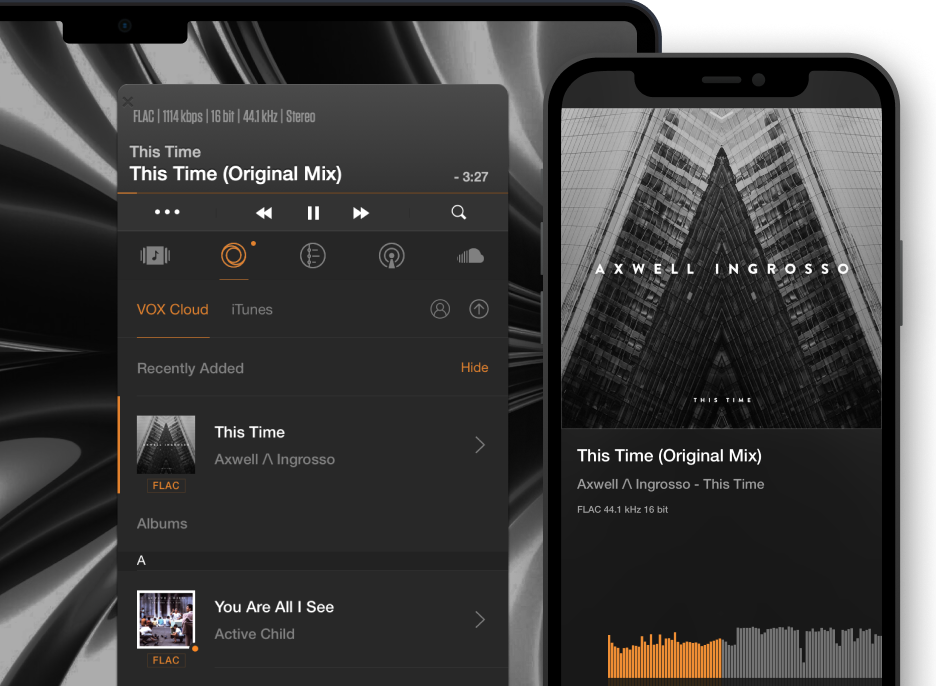The Loudness War – What Does It Mean?

The music industry has experienced ups and downs over the past decade. Since the beginning of the '00s, there's a buzzword that just can't leave us behind – the loudness war. I'm talking about the consequences of dynamic compression that's commonly used in popular music. Let's consider Paul McCartney's 1989 song Figure of Eight. The following demonstrates it's original recording with the modern remastered version.
As you can hear, the snare drum doesn't sound sharp, but more like a padding a piece of leather with a wooden stick. This practice of squashing the sound results in the quiet parts becoming louder, and the loud parts becoming quieter. It's thought that The Loudness War reached its critical climax when Metallica released Death Magnetic in 2008. The thing was that it was released for CD distribution and as an album for the Guitar Hero. The game doesn't compression the sound. Fans could hear the difference between the actual track before the compression and what is there on a CD. Music lovers are well-known for being extremely sensitive about the sound engineering and its outcomes. After the release, Metallica's fans submitted a petition asking to remix the record. There's actually another kind of compression going on today — one that allows us to carry hundreds of songs in our iPods. More on that in a minute.
Digital Compression
Digital compression is the process that reduces the file's size form naturally big (100 MB) to extremely small (5 MB) – so you can carry thousands of them on your iPod. Where's the poop, you may ask. Digital compression is the process that allows a song to go from being a very big sound file in its natural state to a very small file in your iPod — so you can carry your entire record library in your pocket. But at what cost? Here's an explanation by Dr. Andrew Oxenham. He is a professor of psychology at the University of Minnesota. He specializes in auditory perception – study on how our brains and ears interact. "Really, the challenge is to maintain the quality of a CD but to stuff it into a much smaller space. Let's think about how digital recording works. You start out with a very smooth sound wave, and we're trying to store that in digital form. So we're really trying to reproduce a smooth curve with these square blocks, which are the digital numbers. Now, the only way you can make square blocks look like a smooth curve is by using very, very small blocks, so it ends up looking as if it's smooth. Now using lots and lots of blocks means lots of storage, so we end up using fewer bigger blocks. Which means we end up not representing that curve very smoothly at all. The difference between the smooth curve and the rough edges you end up with in the digital recording, you can think of as noise because that is perceived as noise. It's perceived as an error, something that wasn't there in the original recording. The trick is to take the noise — which is the loss of fidelity — and just make it so you can't hear it anymore."
In Hiding
A situation: you are chatting with someone is a quiet room. You hear every word clearly as there's no background noise. If you go out to a busy street, you will get the point of the conversation but probably miss a few words. The traffic noise would mask them. That what happens during the record processing – the loud parts of a recording hide that distortion produced by the erroneous squares of those digital 1s and 0s.
What are we missing?
"There are really different levels of MP3 coding. You can go from much less data — which people can hear the difference — to higher levels of coding which take up more space on your MP3 player but sound better and are basically indistinguishable from a CD. And I would argue that under proper listening conditions — if it's really indistinguishable from the CD as far as your ear is concerned — then you really haven't lost anything perceptually."Listen to clean sound with VOX






